17 of the most amazing Unesco World Heritage sites to visit in Spain
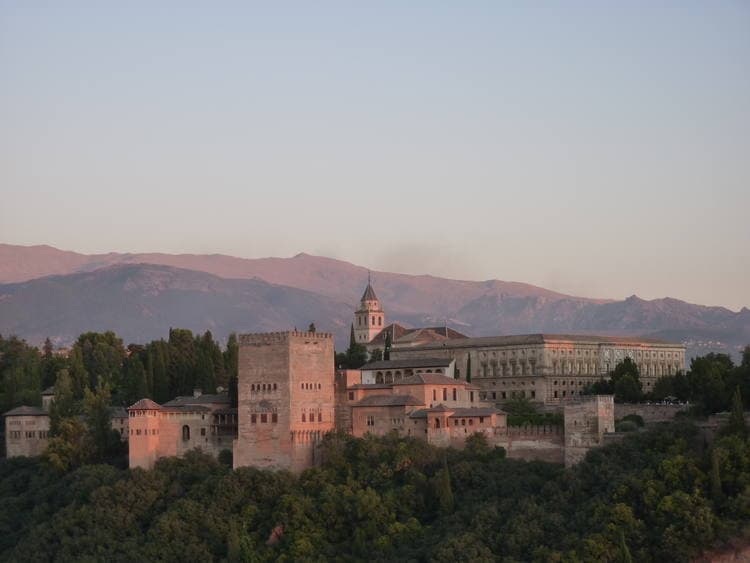
Spain has an impressive 47 locations listed as Unesco World Heritage sites for their cultural significance or natural beauty, including some that are entire towns. Here's a look at some of the most stunning.
Alcalá de Henares - university and historic precinct
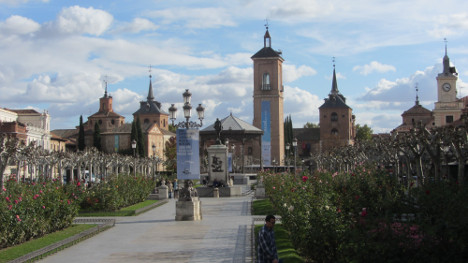
Photo: Ralmundo Pastor/Wikimedia Commons.
Located just 35km northeast of Madrid, Alcalá de Henares was awarded the title of World Heritage site for its beautiful city centre and university in 1998. The city is the world's first planned university city and thus a model for other university towns worldwide.
READ MORE: Remains of ancient Arab city in Spain gets Unesco heritage status
Alhambra
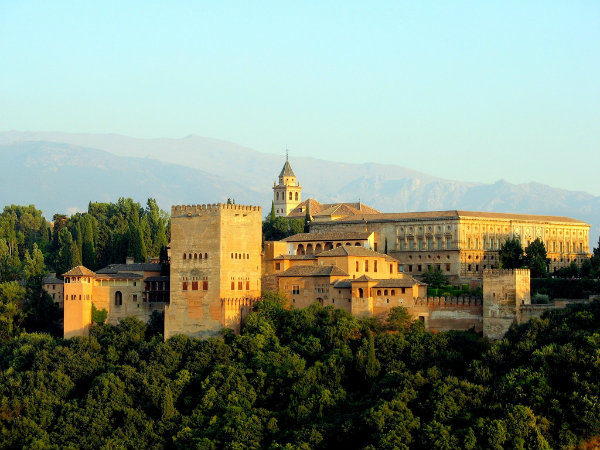
Photo: Bernjan/Flickr
The Alhambra fortress is the former residence of the Moorish emirs who ruled this part of Spain in the 13th and 14th centuries. A rich example of Moorish architecture with impressive gardens and stunning views across the city of Granada, it's Spain’s most visited tourist site.
Ávila - old town and Extra-Muros

Photo: Chroniron/Wikimedia Commons.
The town of Ávila was founded in the 11th century to protect Spanish areas from the Moors. Its walls are said to be the most complete town walls of the period found in the whole country.
Baeza and Úbeda - Renaissance architecture
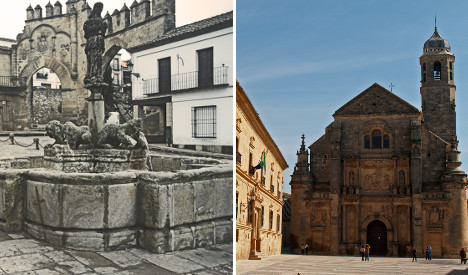
Right: Baeza, left: Úbeda. Photos: Wikimedia Commons.
These two neighbouring towns in Andalusia are listed together and have some of the first examples of Renaissance style in Spain as Italian ideas started to influence the country in the 16th century.
Cáceres - Roman, Islamic and Renaissance styles
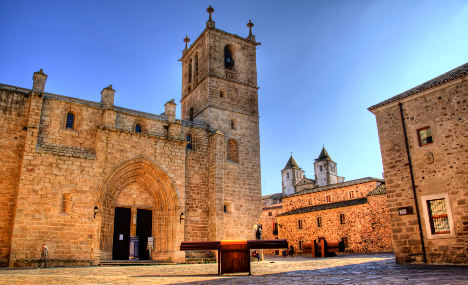
Photo: Javier Losa/Wikimedia Commons.
This city in Extremadura features a fantastic blend of Roman, Islamic, Northern Gothic and Italian Renaissance architecture. More than 30 towers still stand from Moorish times.
Córdoba - Great Mosque and historic centre
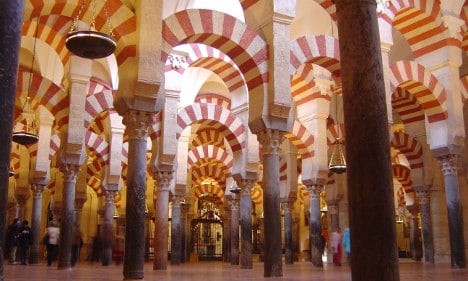
Photo: Timor Espallargas/Wikimedia Commons.
The Moorish conquest of Córdoba in the 8th century resulted in the building of 300 mosques as well as numerous palaces. The Great Mosque for which the city was first put on the Unesco list was converted into a a cathedral in the 13th century. This mosque turned cathedral features breathtaking rows of arches and columns made of onyx, marble and granite.
Cuenca - the walled town and its 'hanging houses'
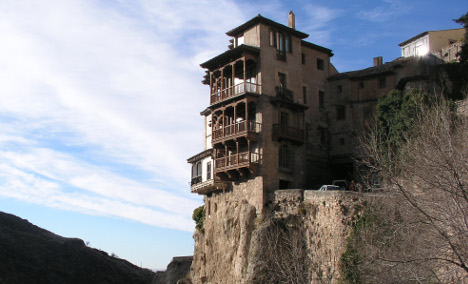
Photo: Håkan Svensson/Wikimedia Commons.
Another lovely location built by the Moors, Cuenca guarded the Caliphate of Córdoba and is today an "unusually well-preserved medieval fortified city," according to the Unesco website. It also boasts Spain's first Gothic cathedral and the famous "hanging houses", built dangling from cliffs over a river.
Ibiza - nature and culture
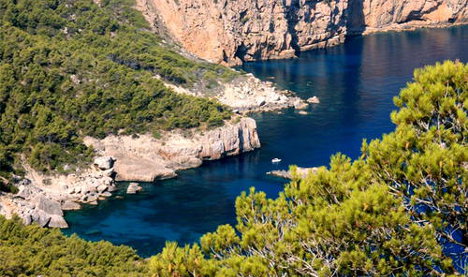
Photo: Ivo Schwalbe/ Creative Commons/UNESCO.
Yes, there is in fact more to Ibiza than parties, parties and more parties. Unesco recognized the island for its biodiversity and culture in 1999, noting that it supports "a diversity of marine life" and also notes its historic buildings like the Phoenician ruins of Sa Caleta.
Mérida - a model Roman city
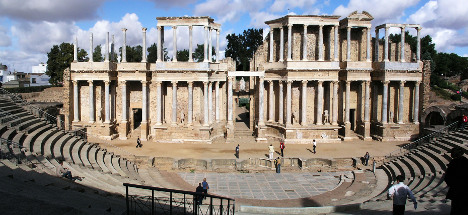
Photo: Wikimedia Commons.
Mérida was established in 25 BC and according to Unesco is a "remarkable example of a Roman city built according to all the Roman urban design rules". From an amphitheatre to an intricate water supply system, the city offers a great glimpse into the ancient past.
Salamanca - one of Europe's oldest universities
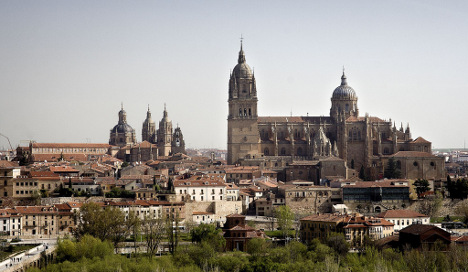
Photo: Alejandro Flores/Wikimedia Commons.
Another former Roman settlement, Salamanca also has one of Europe's oldest universities, which had become a respected educational institution by 1250. The Plaza Mayor is also an impressive sight and a "unique artistic achievement," according to Unesco.
San Cristóbal de La Laguna - the Florence of the Canary Islands
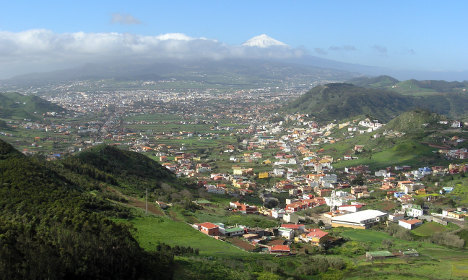
Photo: Jens Steckert/Wikimedia Commons.
This city on the island of Tenerife was a model for many colonial towns in the Americas. It has also been called the "Florence of the Canary Islands" because of its numerous churches, convents and historic buildings.
Santiago de Compostela
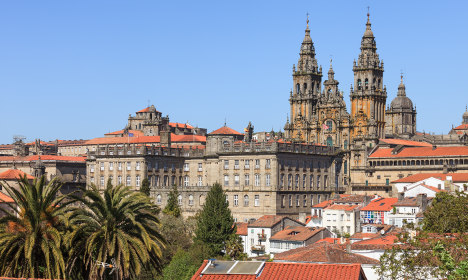
Photo: Luis Miguel Bugallo Sánchez/WIkimedia Commons.
Located in the northwestern region of Galicia, Santiago de Compostela is a famous pilgrimage site. It was destroyed by Muslim groups in the 10th century and had to be completely rebuilt. But the city now is "one of the world's most beautiful urban areas," according to Unesco.
Segovia - Roman aqueduct
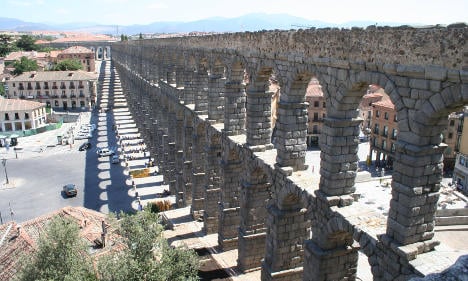
Photo: Josemanuel/Wikimedia Commons.
Segovia's remarkably well-preserved aqueduct was built by the Romans in A.D. 50 and consists of 221 pillars, running 813 metres in length. The city in central Spain also features the Alcázar castle and a Gothic cathedral.
Tarragona - Roman remains of Tárraco
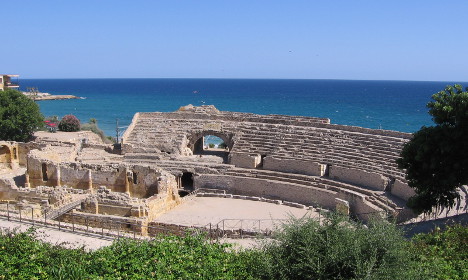
Photo: Cintxa/Wikimedia Commons.
Tárraco was once a major Roman mercantile city that is now modern-day Tarragona in Catalonia. Most of the remains of the old city are now fragments, but they still reveal "a vivid picture of the grandeur" the city once had in Roman times, according to Unesco .
Toledo - 'City of Three Cultures'
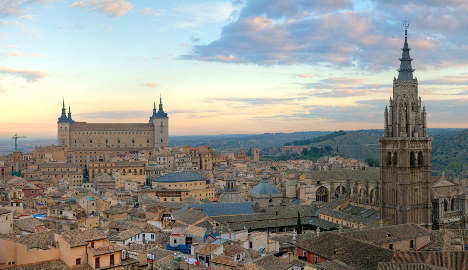
Photo: Diliff/Wikimedia Commons.
Toledo in central Spain was added to the Unesco list for its extensive history spanning 2,000 years, as well as for its many years of co-existence among Jewish, Christian and Muslim groups, earning it the nickname City of Three Cultures. Its popular sight-seeing spots include synagogues, mosques and churches.
Antequera Dolmens Site
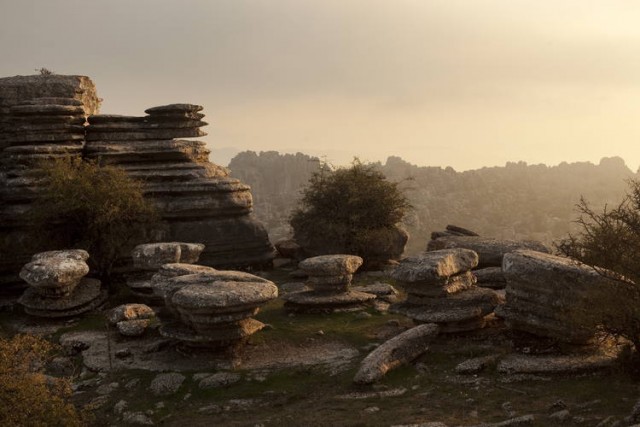 Photo: Conjunto Arqueológico Dólmenes de Antequera
Photo: Conjunto Arqueológico Dólmenes de Antequera
Spain's newest - and yet oldest - Unesco site won a place on the list in July 2016 in recognition of the ancient dolmens and megalithic tombs that make up the archaeological gem in Andalucia. These massive stone monuments are thought to date back 5,000 years.
Comments
See Also
Alcalá de Henares - university and historic precinct

Photo: Ralmundo Pastor/Wikimedia Commons.
Located just 35km northeast of Madrid, Alcalá de Henares was awarded the title of World Heritage site for its beautiful city centre and university in 1998. The city is the world's first planned university city and thus a model for other university towns worldwide.
READ MORE: Remains of ancient Arab city in Spain gets Unesco heritage status
Alhambra

Photo: Bernjan/Flickr
The Alhambra fortress is the former residence of the Moorish emirs who ruled this part of Spain in the 13th and 14th centuries. A rich example of Moorish architecture with impressive gardens and stunning views across the city of Granada, it's Spain’s most visited tourist site.
Ávila - old town and Extra-Muros

Photo: Chroniron/Wikimedia Commons.
The town of Ávila was founded in the 11th century to protect Spanish areas from the Moors. Its walls are said to be the most complete town walls of the period found in the whole country.
Baeza and Úbeda - Renaissance architecture

Right: Baeza, left: Úbeda. Photos: Wikimedia Commons.
These two neighbouring towns in Andalusia are listed together and have some of the first examples of Renaissance style in Spain as Italian ideas started to influence the country in the 16th century.
Cáceres - Roman, Islamic and Renaissance styles

Photo: Javier Losa/Wikimedia Commons.
This city in Extremadura features a fantastic blend of Roman, Islamic, Northern Gothic and Italian Renaissance architecture. More than 30 towers still stand from Moorish times.
Córdoba - Great Mosque and historic centre

Photo: Timor Espallargas/Wikimedia Commons.
The Moorish conquest of Córdoba in the 8th century resulted in the building of 300 mosques as well as numerous palaces. The Great Mosque for which the city was first put on the Unesco list was converted into a a cathedral in the 13th century. This mosque turned cathedral features breathtaking rows of arches and columns made of onyx, marble and granite.
Cuenca - the walled town and its 'hanging houses'

Photo: Håkan Svensson/Wikimedia Commons.
Another lovely location built by the Moors, Cuenca guarded the Caliphate of Córdoba and is today an "unusually well-preserved medieval fortified city," according to the Unesco website. It also boasts Spain's first Gothic cathedral and the famous "hanging houses", built dangling from cliffs over a river.
Ibiza - nature and culture

Photo: Ivo Schwalbe/ Creative Commons/UNESCO.
Yes, there is in fact more to Ibiza than parties, parties and more parties. Unesco recognized the island for its biodiversity and culture in 1999, noting that it supports "a diversity of marine life" and also notes its historic buildings like the Phoenician ruins of Sa Caleta.
Mérida - a model Roman city

Photo: Wikimedia Commons.
Mérida was established in 25 BC and according to Unesco is a "remarkable example of a Roman city built according to all the Roman urban design rules". From an amphitheatre to an intricate water supply system, the city offers a great glimpse into the ancient past.
Salamanca - one of Europe's oldest universities

Photo: Alejandro Flores/Wikimedia Commons.
Another former Roman settlement, Salamanca also has one of Europe's oldest universities, which had become a respected educational institution by 1250. The Plaza Mayor is also an impressive sight and a "unique artistic achievement," according to Unesco.
San Cristóbal de La Laguna - the Florence of the Canary Islands

Photo: Jens Steckert/Wikimedia Commons.
This city on the island of Tenerife was a model for many colonial towns in the Americas. It has also been called the "Florence of the Canary Islands" because of its numerous churches, convents and historic buildings.
Santiago de Compostela

Photo: Luis Miguel Bugallo Sánchez/WIkimedia Commons.
Located in the northwestern region of Galicia, Santiago de Compostela is a famous pilgrimage site. It was destroyed by Muslim groups in the 10th century and had to be completely rebuilt. But the city now is "one of the world's most beautiful urban areas," according to Unesco.
Segovia - Roman aqueduct

Photo: Josemanuel/Wikimedia Commons.
Segovia's remarkably well-preserved aqueduct was built by the Romans in A.D. 50 and consists of 221 pillars, running 813 metres in length. The city in central Spain also features the Alcázar castle and a Gothic cathedral.
Tarragona - Roman remains of Tárraco

Photo: Cintxa/Wikimedia Commons.
Tárraco was once a major Roman mercantile city that is now modern-day Tarragona in Catalonia. Most of the remains of the old city are now fragments, but they still reveal "a vivid picture of the grandeur" the city once had in Roman times, according to Unesco .
Toledo - 'City of Three Cultures'

Photo: Diliff/Wikimedia Commons.
Toledo in central Spain was added to the Unesco list for its extensive history spanning 2,000 years, as well as for its many years of co-existence among Jewish, Christian and Muslim groups, earning it the nickname City of Three Cultures. Its popular sight-seeing spots include synagogues, mosques and churches.
Antequera Dolmens Site
 Photo: Conjunto Arqueológico Dólmenes de Antequera
Photo: Conjunto Arqueológico Dólmenes de Antequera
Spain's newest - and yet oldest - Unesco site won a place on the list in July 2016 in recognition of the ancient dolmens and megalithic tombs that make up the archaeological gem in Andalucia. These massive stone monuments are thought to date back 5,000 years.
Join the conversation in our comments section below. Share your own views and experience and if you have a question or suggestion for our journalists then email us at [email protected].
Please keep comments civil, constructive and on topic – and make sure to read our terms of use before getting involved.
Please log in here to leave a comment.